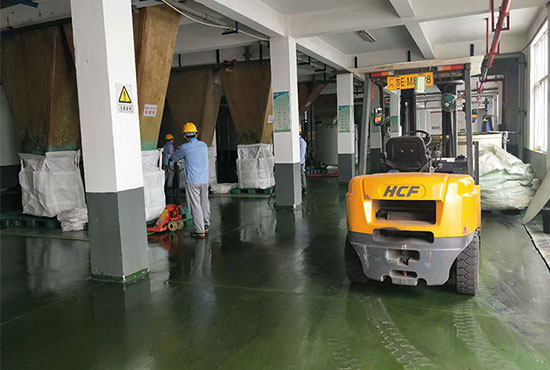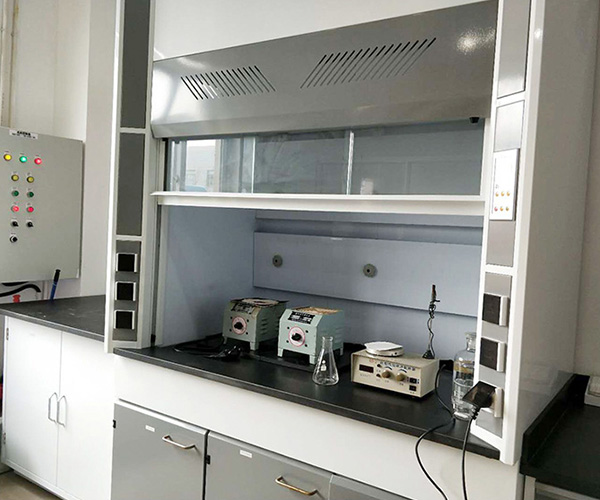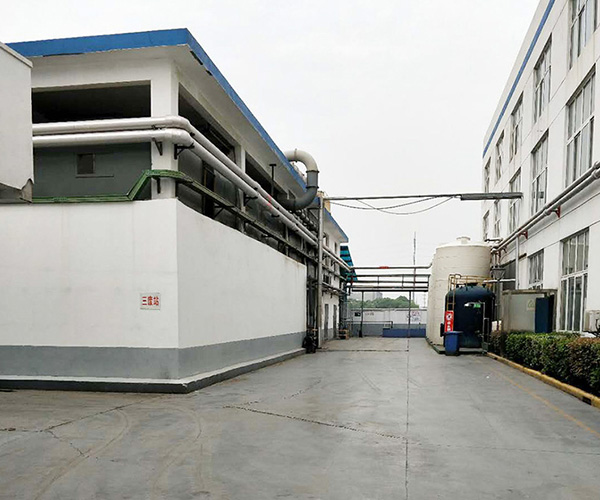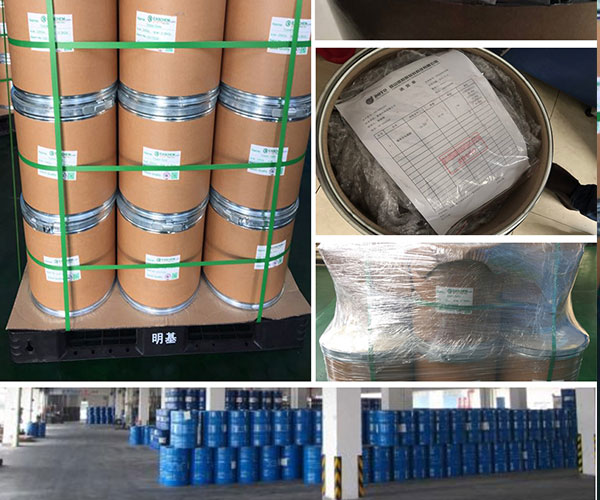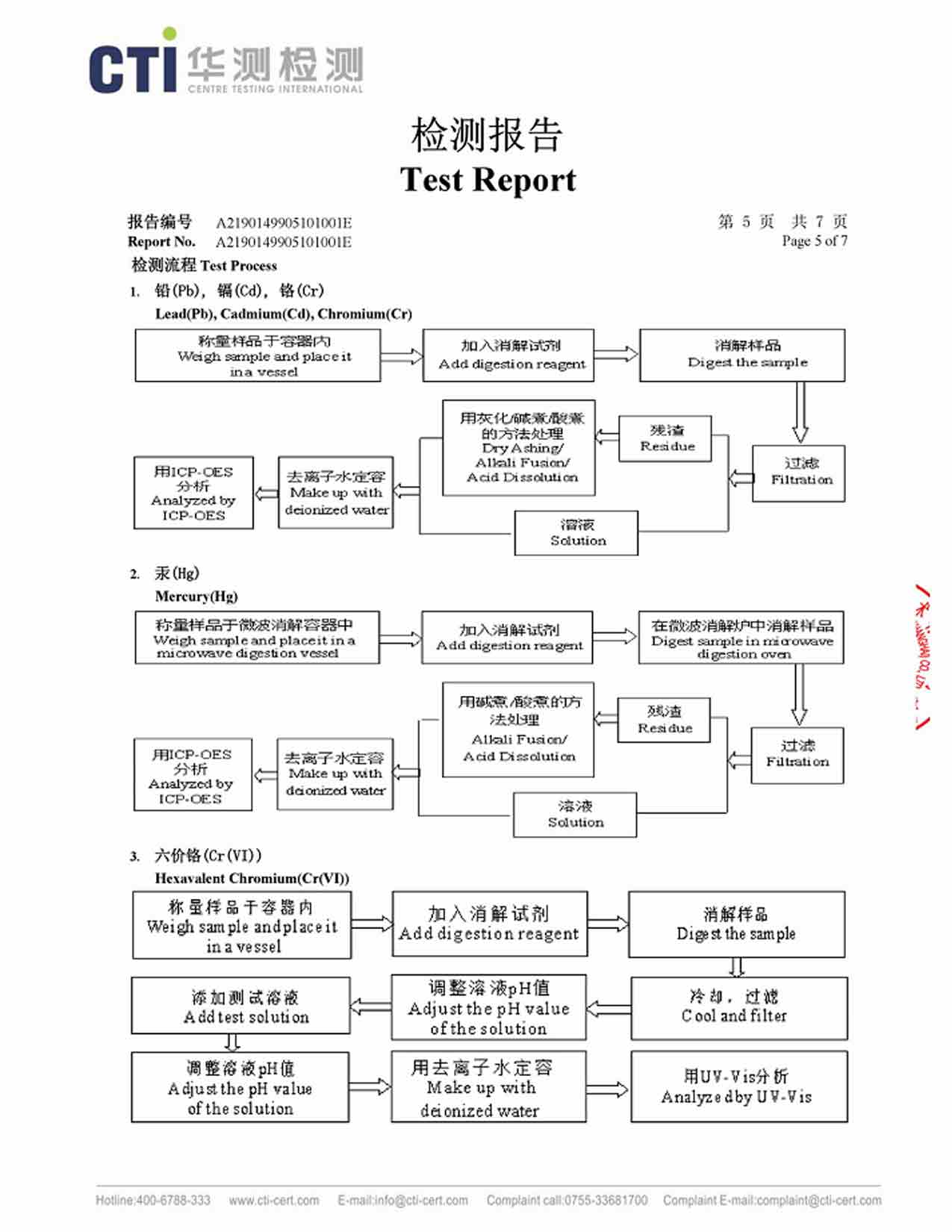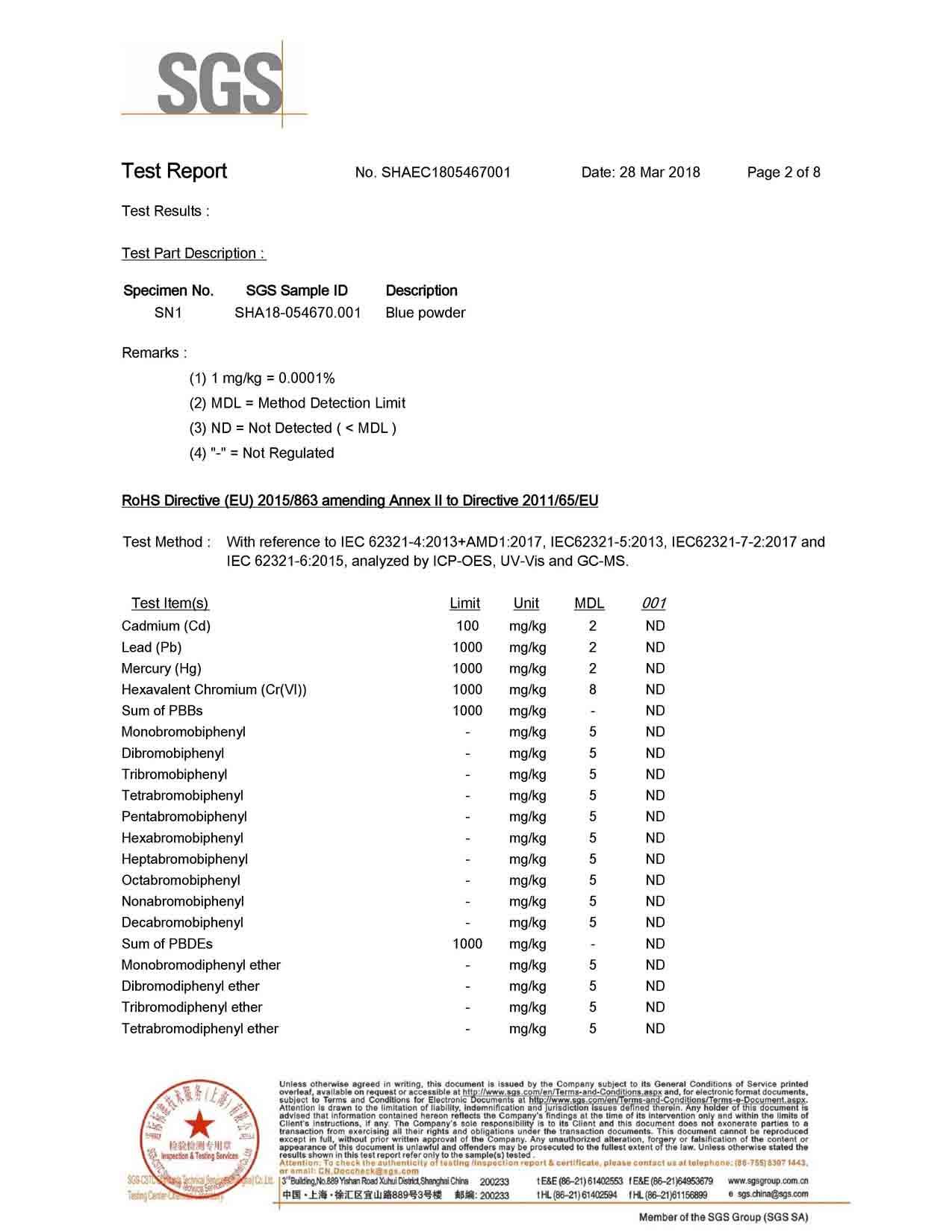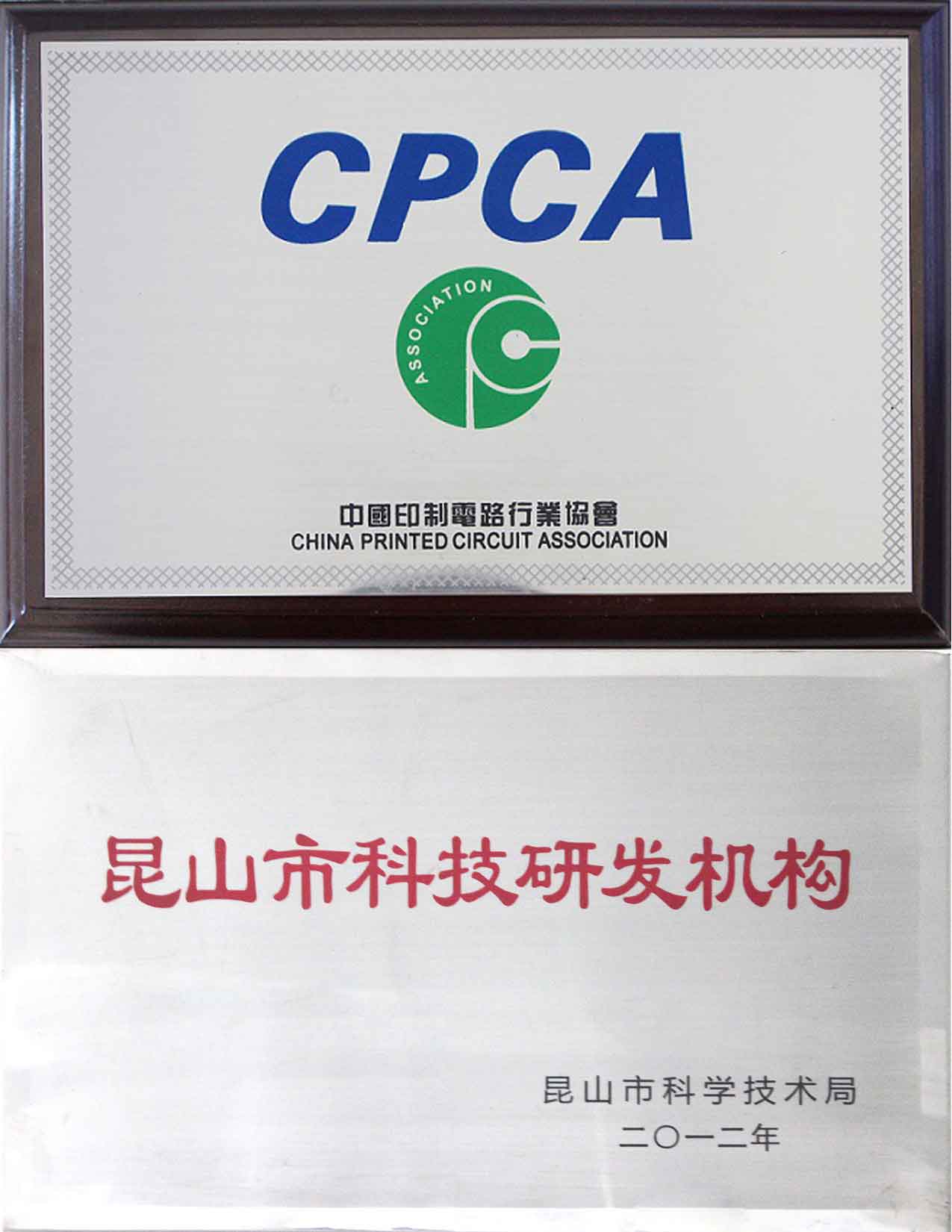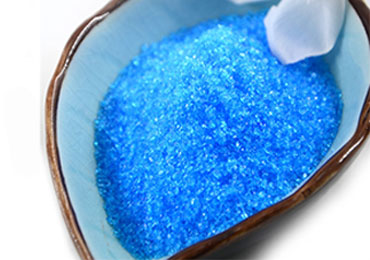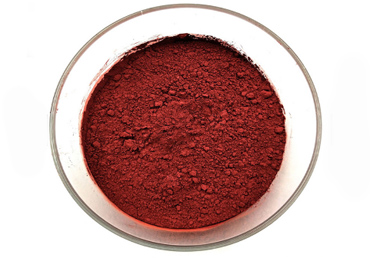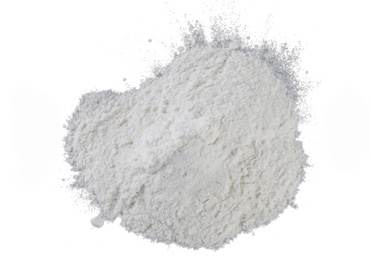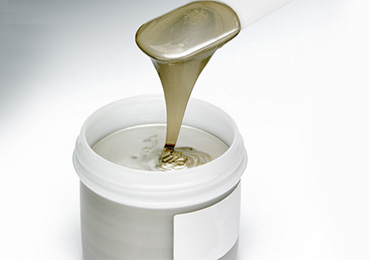Full Certifications Nano CuO Factory
Accounting for the best factories in China that are known for the production of nano CuO particles, then the list of factories will definitely include the name of Kunshan Yosoar. This is because the Kunshan Yosoar is definitely among the top factories in the China that have the best available products and metallic powders.
The Kunshan Yosoar is indeed a fully certified organization having an aim to deliver the best services and top-quality products to the customers. Yosoar has also received the certification from ISO9001.
Used in catalysts industry
We can prepare nano CuO catalysts to explain organic dye wastewater.
The main method is to mix hydrogen peroxide and strong alkali into a solution. While stirring, mix the copper ion solution with a concentration of 0.8-1.2 mol/L and continue to stir, centrifuge to get the precipitate, and wash it with water;
Disperse the precipitate in deionized water to obtain a suspension, seal it at 60°C-100°C for more than 4 hours, wash it with Yichun and deionized water after cooling, and dry it to obtain a nano-copper oxide catalyst.
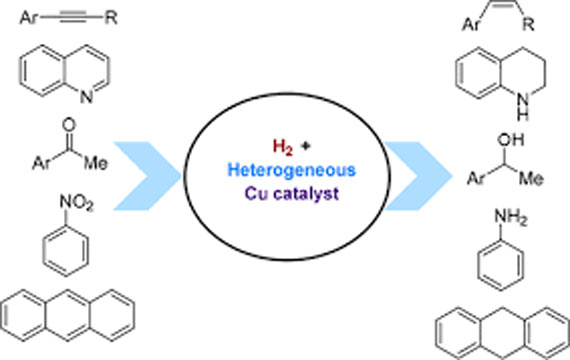
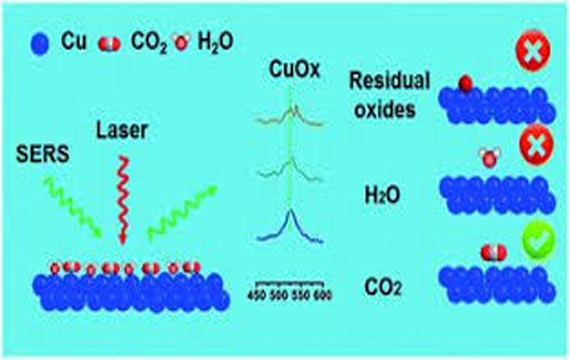
Used in antibacterial industry
The preparation of nano-copper oxide can be roasted at an appropriate temperature to obtain plate-shaped nano-copper oxide, and then test its antibacterial and antibacterial performance. It can be found that this nano-copper oxide has good antibacterial properties against Bacillus subtilis and Staphylococcus aureus. effect.
The advantages of products prepared by this method are high efficiency, low pollution, cleanliness, and low energy consumption. And it can synthesize nanomaterials with uniform particle size distribution in a small amount of time.
Used in ceramics industry
Copper oxide is used as a semiconductor material, and copper oxide ceramics are prepared. The main reason is that the existence of Cu’ in it is semiconducting. We can use the IBLC model mechanism relationship to obtain the static dielectric constant and high frequency through the cole-cole relationship diagram. Permittivity, use the Arhenius relationship to calculate the activation energy, and then compare the experimental data and theoretical fitting to get evidence.

Yosoar: Best Nano CuO Supplier in China
Yosoar is indeed among the best suppliers of these nano CuO particles. Yosoar can easily supply you the required amounts of these particles that you can utilize according to your specific needs or requirements.
The nano CuO particles supplied by Kunshan Yosoar will be 100% pure and will have high-quality.
Model of CuO nanoparticles
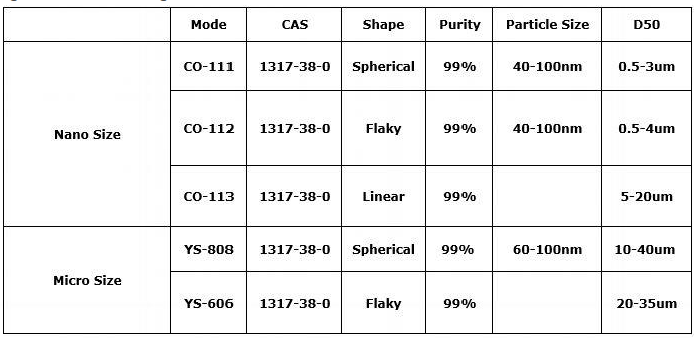
We have other models for you to choose from, and can also be customized.
- Manufacturing
- Certification

We have other models for you to choose from, and can also be customized.
First of all, taking a look at the term nano CuO, then as being indicated by the name of this term that it actually refers to some kind of nanoparticles of the CuO. Now, if you are wondering that what might actually be the nanoparticles, then these are just like normal particles that exist but with one twist. The thing about these nanoparticles is that although these are particles indeed, but these particles are really small and these also have sizes that are somewhere in the nanometric scale. Nanometers is a size representation that is used for very small objects. So, these particles that have so small sizes that their size lies in the nano meters, then these specific particles are known as the nanoparticles.
Further, considering the term, then in this term, it depicts that they are the nanoparticles of the CuO. Here, in this specific term, the CuO refers to the copper (II) oxide. This is actually one of the occurring oxides of copper metal. So, the nanoparticles of this copper (II) oxide are known as the particles. Henceforth, it was a brief introduction about the term nano CuO.

Lastly, referring towards the end part of the question regarding towards the importance associated with these nanoparticles, then we would rather say that these particles are definitely of quite importance. These nanoparticles actually exhibit some amazing properties and features that distinguishes then from the normally occurring particles and because of these prominent and distinguishing characteristic and properties, these nanoparticles are in so much demand. These nanoparticles can be utilized in a lot of various fields and industries. Henceforth, we are concluding that the nanoparticles are indeed of quite importance based on the certain specific applications that these particles have and also because of the properties that they exhibit.
Taking into consideration the literal or dictionary meaning of the term nanoparticle, then these nanoparticles are actually those particles that have ultra fine sizes for their particles. These are actually the particles of matter that have very small sizes.
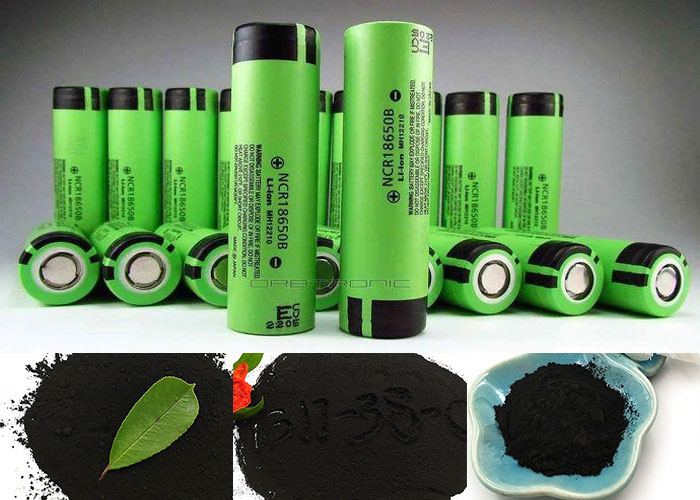
Indeed, these specific nanoparticles have very small sizes. If we account for the relative size of these nanoparticles, then these usually have a size lying somewhere between 1 nano meter up to 100 nano meters. So, any matter particles having a size in between 1 nano meter up to one hundred nano meters will be referred as to being a nanoparticle. Another important aspect about these nanoparticles is that because of the extremely small size that these particles exhibit, these nanoparticles are undetectable to a normal human eye. Without some magnifying equipment or some kind of machine, it is not possible to see these nanoparticles. These nanoparticles are actually made out of only a few hundred atoms of that specific element. Hence, these are really small particles.
We can further take a look at the small size of the nanoparticles by making a comparison with some other type of things or particles. For instance, we can start accounting for the size comparison between these nanoparticles and a piece of paper. Basically, these nanoparticles have a size that lies in between 1 nano meter and can reach up to 100 nano meter while if we make a comparison of the size of these nanoparticles to that of the thickness of a piece of paper, then a paper usually has a thickness of about 100,000 nano meters. Therefore, based on this comparison, we can indeed be more aware regarding to the overall size of these nanoparticles. These are really small sizes particles that possess amazing physical and chemical characteristics. The chemical and other related characteristics and properties of these nanoparticles may even differ as compared to the normal sized pieces of the same elements. Based on these specific properties and characteristics, these nanoparticles are widely used and are also considered to be way more important and beneficial.
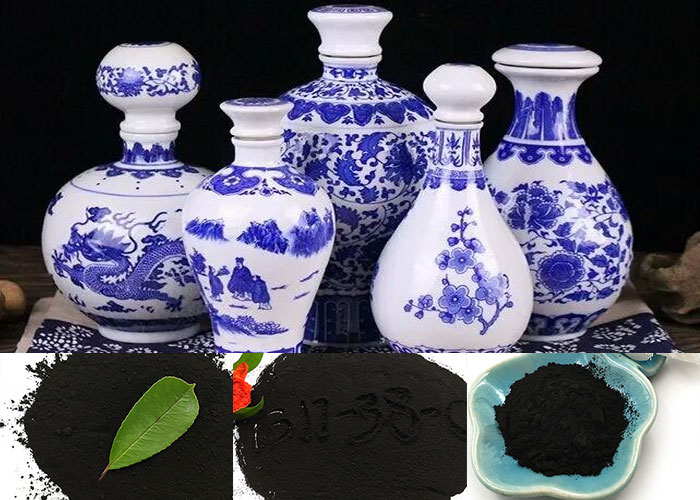
Nanoparticles of any compound or element do possess some distinguishing properties and characteristics that kind of differentiate them from their counterparts. Further, because of such properties and characteristics, the utilization of these nanoparticles is also increasing day by day. Because of the unique properties, these nanoparticles are utilized in different industrial applications and are also widely used in different chemical processes.
If we further start accounting for the various characteristics and properties that are possessed by these nanoparticles, then such particles having sizes in the nanometric scale values, usually have an increased electrical conductivity, similarly, apart from the electrical properties, they also show more toughness and are more ductile as well. These nanoparticles appear to be more strong, more tough and usually gain more strength as compared to their counterparts. These also exhibit more semi conducting properties and also gain certain thermal properties as well. So, all of these are the different features and characteristics that these nanoparticles possess. Because of having such properties, the use of the nanoparticles is increasing with every passing day.
Taking the CuO nanoparticles into consideration, then these CuO nanoparticles are also widely used. These are very important nanoparticles that also contain some amazing characteristics and are produced in large quantities as a consequence of the wide range of applications that these have. But although, these nanoparticles are utilized in wide ranges of applications but despite this, these nanoparticles are harmful as well for the human beings and also for the environment in which we survive. But still, these nano CuO particles have certain properties including the electrical conductivity, thermal conductivity, durability and semiconductor properties. There are some other properties also that these nano CuO particles contain. Because of these various and amazing properties, these nano CuO particles are in quite demand and are widely used. There are certain different chemical processes that utilizes such nanoparticles and different industries and fields also utilize these kind of nano CuO particles.
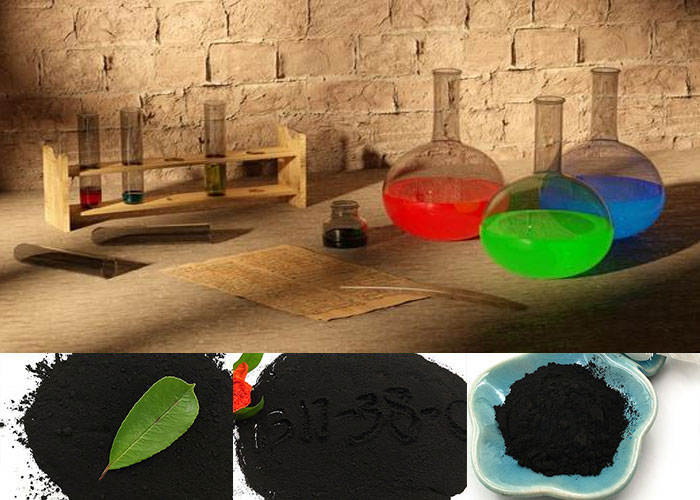
Accounting for the term CuO in nano CuO, then it basically stands for copper (II) oxide. The CuO is actually the oxide of copper. Copper metal usually has two oxides that are usually resulted or formed because of the oxidation of copper metal. One of these two oxides is known as the copper (II) oxide and this copper (II) oxide is called as the CuO. This CuO is basically a kind of representation for the copper (II) oxide.
Furthermore, referring towards the brief introduction of the nano CuO, then it basically refers towards the nanoparticles of the compound copper (II) oxide. These specific nanoparticles are very small sized particles. Actually, these are the particles that have a size that lies in the nanometric scale. The small particles that have a size between 1nm and up to 100 nm are considered to be in the category of nanoparticles. So, we can also say that the CuO particles that have a size of about 1nm or up to 100 nm are actually considered to be called as the particles. These nano CuO particles are present in the shape of a solid and have a dark brownish to black color. So, their physical form is solid. We can further also say that these nanoparticles of CuO exist in the form of crystalline solids and are black in color.
Lastly, accounting towards the different names that these particles may have, then definitely these particles are also called by various other names as well. For example, another most commonly used name for the CuO is the copper (II) oxide. Similarly, this CuO is also known to be the cupric oxide. So, based on these names, the particles are also called as the nano copper (II) oxide particles. These can also be referred to as the nano cupric oxide particles. So, all of these names are basically the names that are of the same nano copper oxide particles. Therefore, these are different names that are associated with these nano copper oxide particles.
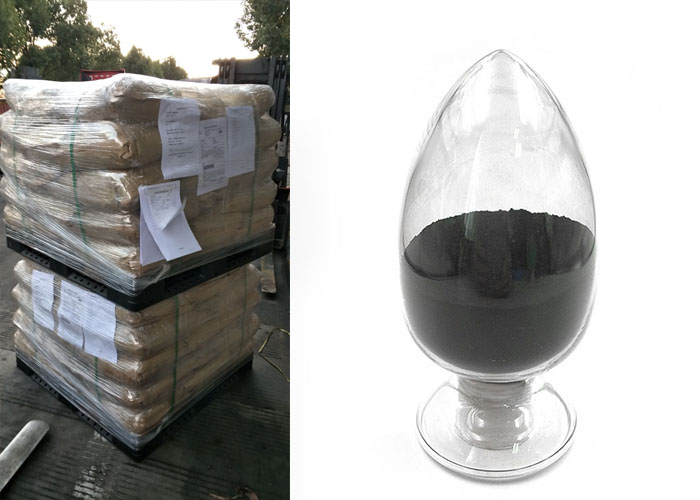
Here, we will start taking a look at the overall and general physical structure and appearance of the nano CuO particles. Firstly, referring towards the physical form of the CuO nanoparticles, these the CuO actually exists in the solid form. The nano copper oxide particles exist in the form of ultra-fine powder because of the particles that this specific compound has and these particles have size that lies in the nanometric scale values. Because of these nanometric sizes of the particles, the powder of CuO appears to be ultra fine and also very smooth and granular type. Furthermore, considering the color of the nano CuO particles supplier, them these particles have a brownish to black color. Usually, these nanoparticles of copper (II) oxide appear to be dark black in color. Usually, the reason that is given for the black color of CuO nanoparticles is mostly associated with the reaction that happens between some kind of oxidizing agent and the copper atoms. It is said that because of the chemical reaction that occurs between the copper atoms of the CuO nanoparticles along with some other oxidizing agent, then as a result of this, the formation of the black color of the nanoparticles takes place. The oxidizing agent can either be the atmosphere or it can be the air also. So, whenever a chemical reaction occurs in between the copper (II) oxide and the air or atmosphere, then this reaction results in the production of a kind of dark black color and because of this reaction, most people consider that the black color is because of this specific reaction process.
Referring towards the physical form of the nano copper oxide particles, then these nanoparticles of copper (II) oxide supplier occur in the form of a solid that is crystalline in nature. Mostly, these are considered to be in the family of monoclinic crystals. These nanoparticles of copper (II) oxide are considered to be very important and are quite useful.
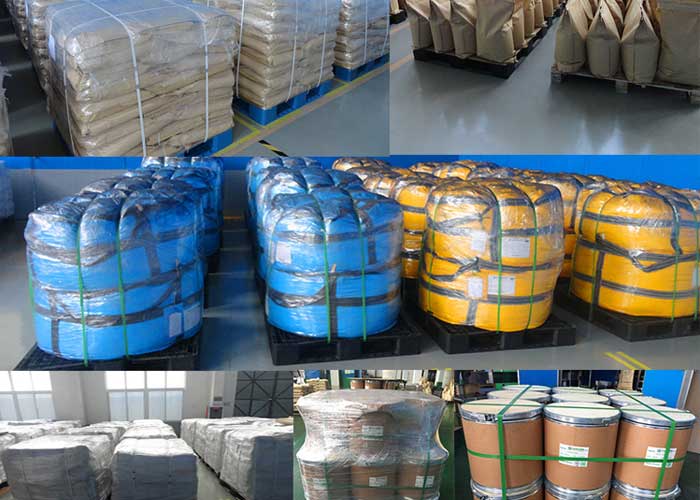
Therefore, these specific nanoparticles of the cupric oxide or copper II oxide can exist in the powder form and referring towards the color that these nanoparticles have, then these usually have a dark brownish to black color. Hence, this was all regarding to the form, appearance and structure of the nano CuO particles.
Referring towards the chemical related aspects of the nano CuO particles, then these nanoparticles of copper (II) oxide usually have a chemical representation that is CuO. This term CuO actually represents that these nanoparticles are composed of copper metal along with the presence of oxygen. This CuO is actually considered to be the oxide of copper metal. Furthermore, referring towards the composition of these CuO nanoparticles, then these nanoparticles are composed of copper and oxygen but if we consider the quantity wide composition of these nanoparticles, these the copper metal is present in the percentage of about 79.8% of the total composition. While the oxygen is around 20.1% of the overall composition of the CuO. Hence, it is the overview of the composition of the nano CuO particles, and the copper metal along with oxygen are the main constituents of the nano CuO particles.
Furthermore, considering some of the other chemical related aspects and properties for the nano CuO particles, then these nanoparticles of copper (II) oxide have a density that is around 6.31 g/cm³. This is the average density of the copper (II) oxide nanoparticles while referring towards the molar mass of these nanoparticles, then these nanoparticles have a molar mass of around 79.55 g/mol.
Hence, these were the various chemical related aspects and factors that were all about nano CuO particles. These copper (II) oxide nanoparticles are widely used and have wide range of applications and are of quite importance. But one important aspect regarding to these nanoparticles is that these specific nanoparticles are dangerous for living organisms and especially marine life. But despite these harmful effects, these nano CuO particles are of quite importance because of the broader aspect applications of these nanoparticles.
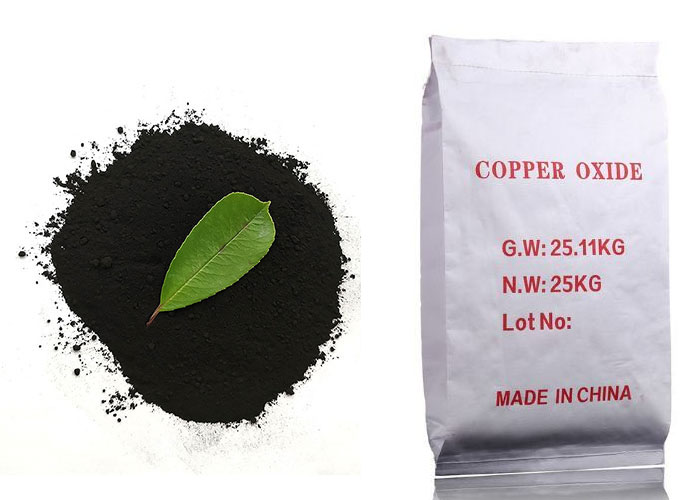
Basically, there are numerous steps and methods through which, the nano CuO particles can be manufactured. But if we account for one of the mostly used such methods, then the aqueous precipitation is a method that has wide usage for the manufacturing of these nano CuO particles. Through this specific method, large quantities of pure nanoparticles of copper (II) oxide can be synthesized. As it has been already stated, that there are numerous processes and methods by which these nano CuO particles can be synthesized but out of all of those specific methods, in my opinion, the most suitable one is this precipitation method. One important aspect is that this precipitation method actually takes place in the presence of an aqueous medium and hence it is known as the aqueous precipitation method for the production of copper (II) oxide nanoparticles. Furthermore, there are certain ingredients as well that are required in this specific process. For undergoing this procedure and for the synthesis of copper (II) oxide nanoparticles, the two main things or ingredients that you will require in the overall reaction include a precursor and a stabilizing agent. These two are very important ingredients or things in the aqueous precipitation method. Without these agents, the completion of the process is difficult. Furthermore, considering the precursor in the process of aqueous precipitation, then it involves copper acetate. This is definitely among the most suitable precursors for this precipitation method. Similarly, for the stabilizing agent, the sodium hydroxide is used. This sodium hydroxide is an excellent stabilizing agent in this precipitation method.
Hence, the aqueous precipitation method is one of the widely used methods that is utilized for the synthesizing process of nano CuO particles. These nanoparticles of copper II oxide or also known as the cupric oxide nanoparticles can be manufactured through this very step. But one important aspect is that during the production of the nano CuO particles by undergoing the aqueous precipitation method, you will require a stabilizing agent which will mostly be sodium hydroxide and you will also require a precursor which will include copper acetate. By including these agents, your overall process will be completed and you will be able to manufacture high-quality and pure nano CuO particles.
As we already discussed this point that the nanoparticles are of quite importance. These nanoparticles are very small sized particles that possess some amazing and stunning properties and characteristics as compared with their counterparts. The nanoparticles sizes lie in the nanometric scales. These sizes range from 1 nm up to 100 nm. Because of the extremely small and ultra fine sizes, these particles possess some features and characteristics that distinguish and separate them from other particles. And because of the advanced features and properties, these nanoparticles are utilized in large number of industrial applications and processes. Not only this, but these nanoparticles are also used in various medical and health related fields as well.
Now, referring towards some of the various usages of these nanoparticles, then these nanoparticles are utilized in various chemical related reactions. The main use of these nano CuO particles is that these are used as a catalyst in different types of chemical reactions. These nano CuO particles increase the speed and the pace of the chemical reactions and increase the burning rate. Based on these factors, these nanoparticles of cupric oxide are considered to be excellent catalysts. Furthermore, the use of these cupric oxide nanoparticles is not limited to chemical reactions only, rather these CuO nanoparticles are also used in different semiconductor applications because of the various semiconducting properties that these exhibits. Different thermoelectric materials also utilize these nanoparticles of copper (II) oxide.
Similarly, various solar technologies and tech-based superconductors etc. also utilize these types of nanoparticles including the copper (II) oxide nanoparticles. Not only this, but these cupric oxide nanoparticles are also involved in various photo thermal chemical reactions and applications. Furthermore, different types of medical and health related applications are also associated with these cupric oxide nanoparticles.
We definitely have got high-quality of nano CuO particles. You can easily get the nanoparticles of copper II oxide from Yosoar. We have large quantities of these nanoparticles available. We manufacture these copper II oxide nanoparticles in large quantities. The nano CuO particles manufactured at Kunshan Yosoar are known for their quality and purity. You will definitely get absolutely pure nanoparticles of copper II oxide from Yosoar. Then, you can make use these nanoparticles in different industries according to respective scenarios.
This certification depicted that the company has the best production system. Not only the production system, but the overall management systems of the company are also unmatchable.
Kunshan Yosoar manufactures nano CuO particles. You can get these particles from Yosoar at quite reasonable prices. Furthermore, you can utilize these particles in different fields. These nanoparticles basically have wide range of applications and benefits. There are various chemical processes that involve the use of these nanoparticles. Further, these nano CuO particles also act as catalysts. Different medical fields also utilize this type of CuO nanoparticles.

